The first few lines of a blurb should contain the hook, the attention-grabbing snippet of information about the book that will entice readers to wonder what will happen next and hopefully get them to buy the book.
Crafting the Hook
A great hook catches readers’ attention, but there are different ways to accomplish that. Consider these examples from published novels:
Write something that startles the reader: “Shaye Archer’s life effectively began the night police found her in an alley, beaten and abused and with no memory of the previous fifteen years, not even her name.” Malevolent by Jana DeLeon
Open with the inciting incident: “When Willow is born with severe osteogenesis imperfecta, her parents are devastated—she will suffer hundreds of broken bones as she grows, a lifetime of pain.” Handle with Care by Jodi Picoult
Create intrigue: “Inspired by a terrifying true story from the author’s hometown, a heart-pounding novel of suspense about a small Minnesota community where nothing is as quiet—or as safe—as it seems.” Unspeakable Things by Jeffrey Eugenides
Introduce something ominous: “A bloodthirsty sheriff is terrorizing a small Texas town where justice has been buried with his victims.” In the Heart of the Fire by Dean Koontz
Make the characters sympathetic and relatable: “What happens when the most beautiful girl in the world marries the handsomest prince of all time and he turns out to be…well…a lot less than the man of her dreams?” The Princess Bride by William Goldman
Capture the reader’s heart : “Every so often a love story so captures our hearts that it becomes more than a story—it becomes an experience to remember forever.” The Notebook by Nicholas Sparks
Focus on the Main Characters
Introduce the main characters and leave the side characters for the reader to discover once they start reading. Trying to include side characters in a hook will make it too wordy and confusing for the reader. If a reader has to reread a hook to understand it, you’ve already lost them.
It’s important to get readers interested in the characters right away. That means focusing on the basics, the most intriguing aspects. Give his or her name, a few important traits that make the characters unique or interesting, explain what the situation is, and what dilemma or conflict the characters are going to face.



 Maybe this only happens in my house, but unlike the picture above with nicely closed cabinet doors, I can walk into a room and, no kidding, there is almost always at least one drawer, cupboard door, or package of something or other left open. Usually, more than one. There have been times when I’ve walked into the kitchen and literally every cupboard door is standing open because someone was looking for something and, after finding it, walked away.
Maybe this only happens in my house, but unlike the picture above with nicely closed cabinet doors, I can walk into a room and, no kidding, there is almost always at least one drawer, cupboard door, or package of something or other left open. Usually, more than one. There have been times when I’ve walked into the kitchen and literally every cupboard door is standing open because someone was looking for something and, after finding it, walked away. Just like when my kids (my daughter specifically) stomps away, annoyed I haven’t purchased sufficient snack-worthy foods, your readers will walk away when they finish a book unsatisfied because of questions you never answered if your book leaves them with option #1.
Just like when my kids (my daughter specifically) stomps away, annoyed I haven’t purchased sufficient snack-worthy foods, your readers will walk away when they finish a book unsatisfied because of questions you never answered if your book leaves them with option #1. 2: Fill in where you neglected to follow through. Any questions you posed that pertain to that particular book (notice I’m not talking series-length questions) make sure you have an answer, or make it apparent that question will be answered in a subsequent book, if you’re working on a series.
2: Fill in where you neglected to follow through. Any questions you posed that pertain to that particular book (notice I’m not talking series-length questions) make sure you have an answer, or make it apparent that question will be answered in a subsequent book, if you’re working on a series.




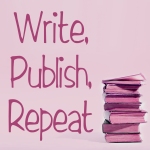
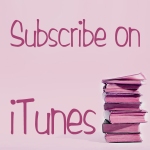
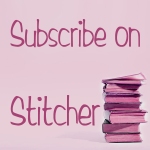


 Mini-Synopsis
Mini-Synopsis Publishing Credits/Awards
Publishing Credits/Awards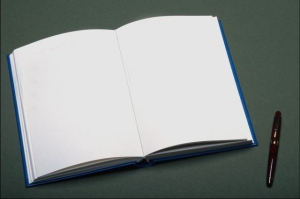 What NOT to Mention
What NOT to Mention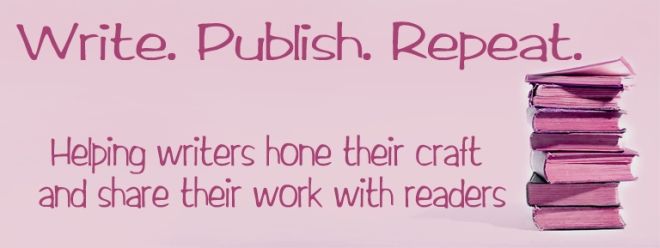



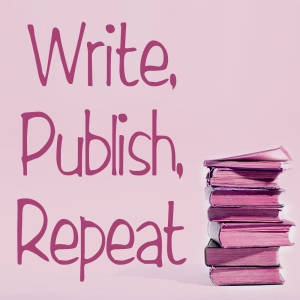



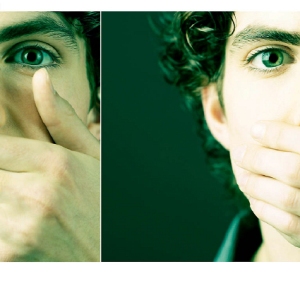


 Faults
Faults
